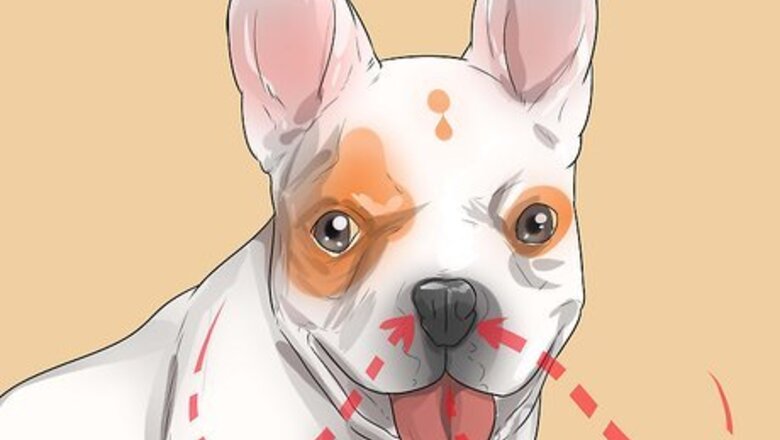
views
X
Research source
[2]
X
Research source
Watching for Breathing Problems
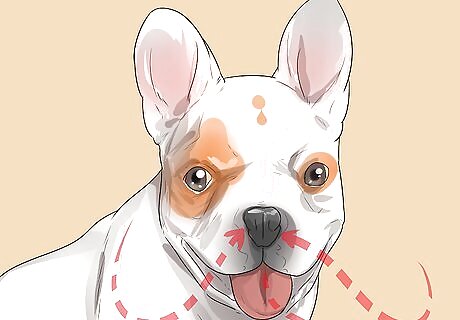
Listen to your French Bulldog breathe. Under normal conditions (in cool weather and when your dog is not under stress), you'll probably hear some noisy breathing that doesn't bother him. But, if you close your eyes and hear noisy breathing that sounds like honking or rasping, your French Bulldog may have a breathing problem. Breathing noise is caused by the compressed anatomy of the French Bulldog's airways. The noisier the breathing, the worse the condition.
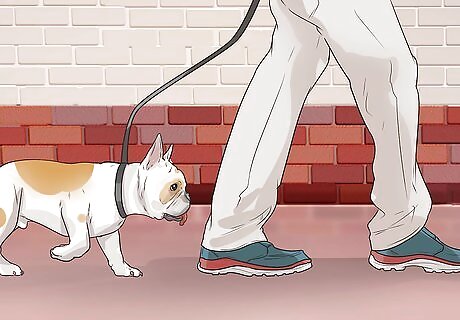
Monitor your dog during exercise. If your dog is reluctant to exercise or lags behind on walks, he may be having trouble breathing. You may notice your French Bulldog pant heavily with his tongue lolling out. If your dog has breathing problems, exercise will place extra demands on his body. For example, his body will need more oxygen which he can't supply because he physically can't draw extra air in. Your dog might also sound like they're growling when they're cooling down from exercise.
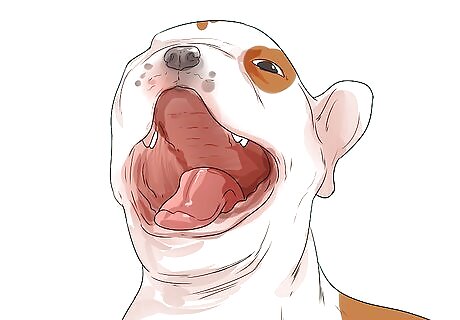
Look inside your dog's mouth. If your French Bulldog is really struggling to breathe and is not getting enough oxygen, the membranes of his mouth and tongue will look blue or purple. Healthy membranes should appear pink. You may also see your dog drooling. This is because he is concentrating so hard on breathing that he doesn't want to take time out to swallow.
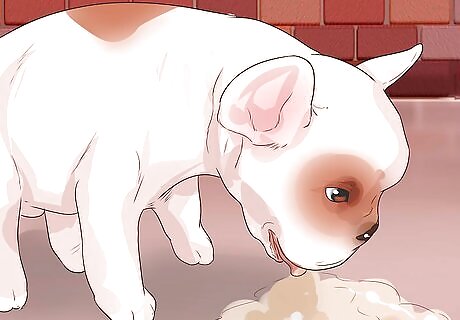
Monitor your French Bulldog's behavior. Your dog may collapse or faint if he is overtired and not getting enough oxygen. You may notice your dog seem uncomfortable or restless in hotter weather, when it's harder for him to breathe. Other signs of breathing problems include: Snorting Choking Vomiting Gagging
Getting a Vet's Diagnosis
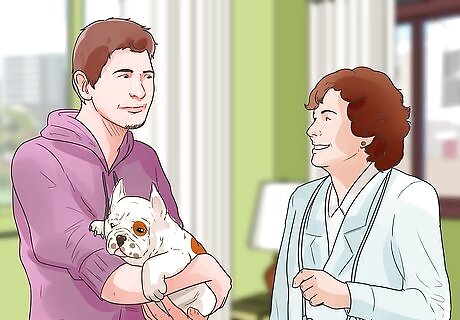
Take your French Bulldog to the veterinarian. The vet will watch your dog's breathing and chest movements. The vet will also look for physical landmarks that would make it hard for your dog to breathe, like narrow nostrils or a large tongue that blocks the back of the throat. Listening to noisy breathing is also important in diagnosing breathing problems, so the veterinarian will listen to your dog's chest, heart, and lungs with a stethoscope. This can help rule out signs of chest infections and heart murmurs which creates fluid buildup in the lungs. Both of these conditions can contribute to breathing problems. A normal dog's chest moves in and out when he breathes, but his abdomen does not. If the vet notices your dog using his abdominal muscles to breathe (abdominal effort), it means your dog is struggling to take breaths. The vet will check the heart and lungs because it could impact the safety of an anesthetic during surgery.

Get your dog's throat examined. The veterinarian will want to thoroughly examine the back of your dog's throat. Your dog will need anesthetic and sedation so that the veterinarian can pull his tongue far enough forward to see the area. An endotracheal tube will be inserted to keep his airway open while he's asleep. There is a risk associated with anesthesia because the dog can no longer protect his airway. This is why the intratracheal tube is put into the windpipe.
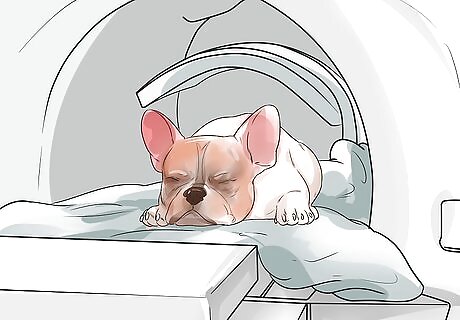
Consider further testing. If your veterinarian suspects that some other condition is causing the symptoms, additional testing might be needed. Chest x-rays can help rule out pneumonia, lungworm, or cancer. Advanced imaging techniques like MRI or CT scans can also help the veterinarian visualize your French Bulldog's anatomy (specifically the soft palate, windpipe, and tonsils). It's important for your veterinarian to know the length of your dog's palate, size of his tongue, and the size of his tonsils. This will help when it comes to planning corrective surgery.

Follow treatment advice. The veterinarian may recommend corrective surgery to trim back and remodel your dog's nostrils and soft palate. This can improve the shape of the back of the throat and allow more air to enter the nostrils. A specialist surgeon may also want to remove the tonsils. While it's possible to correct some of your French Bulldog's anatomy, it is impossible to change the size of the tongue or width of the windpipe.



















Comments
0 comment